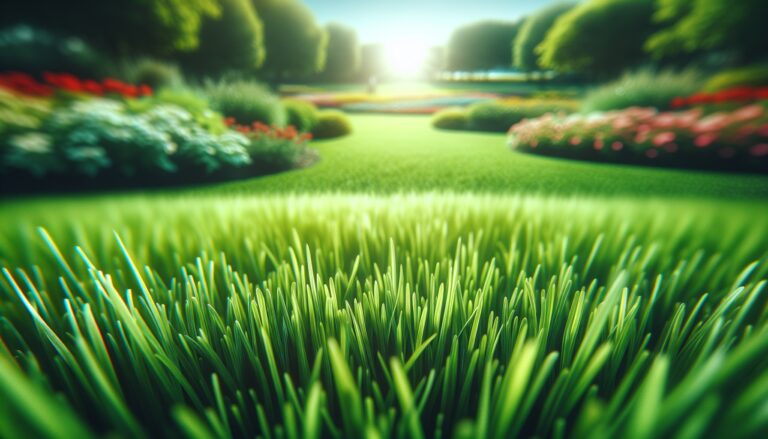Argomenti trattati
Maintaining a vibrant green lawn can be a rewarding yet challenging task. With the right fertilizing practices, you can achieve a lush, easy-care lawn that enhances your outdoor space. Understanding how and when to fertilize is crucial for promoting healthy grass growth while being environmentally conscious.
Understanding your lawn’s needs
Before diving into fertilization, it’s essential to assess your lawn’s current condition. Ensure that your grass is receiving adequate moisture and that any turf disease issues are addressed. The right climate conditions play a significant role in grass growth, so timing your fertilization is key. Generally, turfgrass absorbs nutrients when it is actively growing. If you notice your grass is being mowed regularly, it’s a good indication that it’s in a growth phase.
Optimal fertilization timing
For most lawns, fall is the ideal time for fertilization. During this season, warm soil temperatures combined with regular moisture create the perfect environment for strong root growth. This leads to vibrant top growth in the spring. However, be cautious with nitrogen levels; too much can lead to rapid growth that compromises root health, making your lawn susceptible to drought and pests. A balanced approach is essential for sustainable lawn care.
Choosing the right fertilizer
When selecting a fertilizer, look for the three-number ratio on the packaging, which indicates the percentage of nitrogen, phosphorus, and potassium. Nitrogen is crucial for lush green growth and should be the highest number for quick greening. Conducting a soil test can provide tailored recommendations for your lawn’s specific nutrient needs. Consider using slow-release fertilizers, which provide nutrients over an extended period, reducing the risk of fertilizer burn and promoting steady growth.
Application techniques for success
Proper application techniques can significantly impact the effectiveness of your fertilization efforts. Watering lightly after applying fertilizer helps move nutrients down to the root zone. Avoid using weed-and-feed products, as the timing for herbicide application often differs from that of fertilizer. Instead, opt for standalone herbicides applied at the appropriate time. Aim to apply about 1 pound of nitrogen per 1,000 square feet for optimal results, adjusting based on sunlight exposure and lawn type.
Eco-friendly practices for lawn care
To maintain an eco-friendly lawn, follow application directions carefully and avoid over-fertilizing, which can lead to soil and water pollution. Leaving grass clippings on the lawn can naturally recycle nutrients, potentially replacing one fertilizer application per year. Organic fertilizers, while less potent, can also contribute to a healthy lawn when applied correctly. Regular mowing is essential for a growing lawn, but if mowing becomes too frequent, consider reducing fertilizer applications to maintain a balance.
Monitoring and adjusting your approach
After fertilization, expect to see results within four to eight weeks. If your lawn doesn’t green up as expected, investigate other factors such as soil quality, water availability, or climate conditions. Remember that a green lawn is a growing lawn, and adjusting your fertilization strategy can help you achieve the desired results without compromising the health of your grass.

